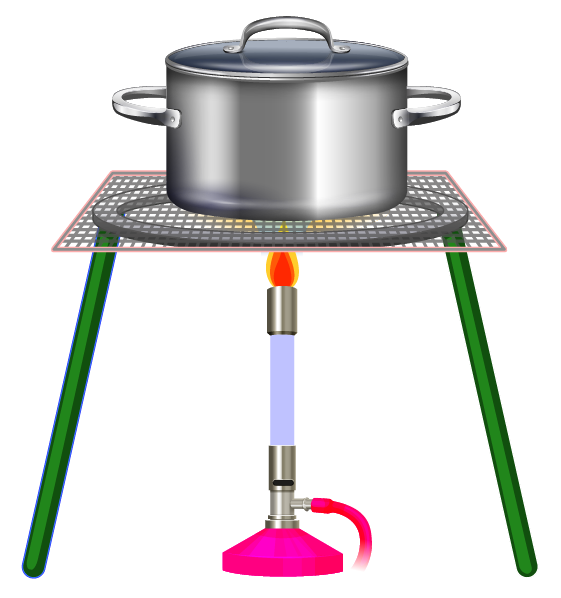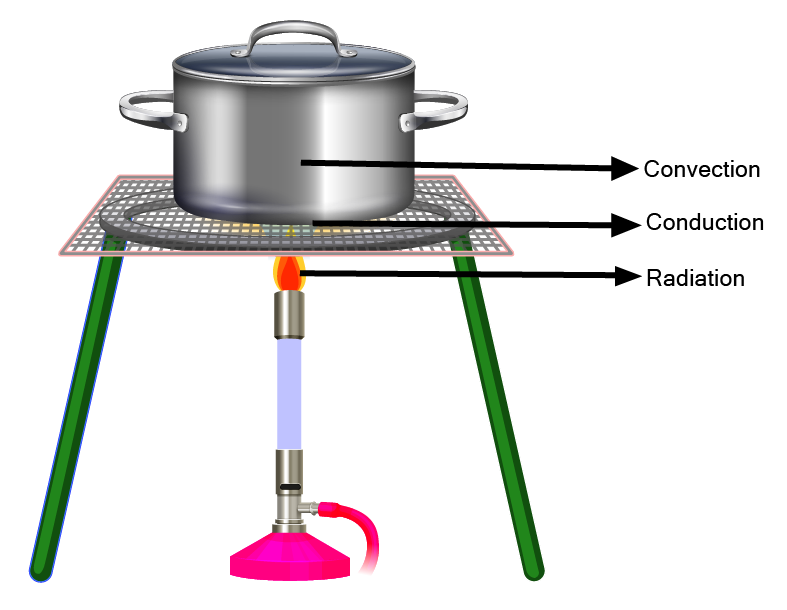NCERT Solutions for Class 7 Science Chapter 3 Question Answers FREE PDF Download
FAQs on NCERT Solutions for Class 7 Science Chapter 3 Heat
1. What is the name of class 7th science chapter 3?
The name of Chapter 3 of Class 7th Science is ‘Heat’. This chapter will stress and discuss in detail how the transfer of energy occurs and its significance. The solutions for this particular chapter can easily be found on the Vedantu site along with additional help required by the student for achieving good marks in their exams. The solutions provided by Vedantu are free of cost and also available on the Vedantu Mobile app.
2. What is heat according to class 7 science chapter 3?
Heat in simple terms is nothing but the transfer of energy. It helps in maintaining thermal equilibrium, i.e. having the same temperature when multiple bodies with different individual temperatures are in contact. Hence for all of them to have the same temperature, energy transfer occurs from the bodies that have the higher temperature to the ones whose temperature is lower. Heat transfer and its processes are crucial; hence, learning the concepts and practicing the related problems judiciously is important.
3. What is a thermometer according to heat class 7 questions and answers?
A thermometer is a temperature-measuring instrument. It can determine the temperature of various substances, including food, liquids, and gases. Celsius, Fahrenheit, and Kelvin are the world's three most widely used temperature measuring units. The most accurate technique to check one's body temperature is with a digital thermometer. In addition to the traditional oral, rectal, and forehead, plenty of other options exist.
4. According to class 7 science chapter 3 heat what do you mean by conductors?
The transmission of internal energy via tiny particle collisions and electron movement within a body is known as thermal conduction and the materials that exhibit this propagation are called conductors of heat. Good heat conductors are materials that allow heat to readily flow through them. Metals that exhibit the highest thermal conductivity include copper and aluminium, whereas steel and bronze exhibit the lowest values.
5. What do you mean by insulators from science chapter 3 class 7 question answers?
An insulator is a substance that prevents energy from easily passing through it, such as electricity, heat, or cold. Insulators such as wood, plastic, rubber, and glass are effective. The conductor is the polar opposite of an insulator: a substance that easily conducts heat or electricity. Insulators shield humans from the potentially lethal consequences of electricity passing via conductors. An electrical circuit's voltage can be extremely high and harmful at times.
6. Where can I find the heat chapter class 7 PDF questions and answers?
You can access a FREE PDF from Vedantu's official website and refer to the study materials provided.
7. Can heat be created or destroyed? How is this explained in class 7 science chapter 3's question answers?
According to the Law of Conservation of Energy, heat cannot be created or destroyed, only transferred from one object to another or transformed into other forms of energy like light or work.
8. Are NCERT Solutions for class 7 science chapter 3 enough for preparing for exams?
NCERT Solutions is a valuable resource for understanding the concepts and practising questions. However, they might not cover all the variations appearing in exams. Using them along with your textbook, class notes, and other practice materials is recommended.

























